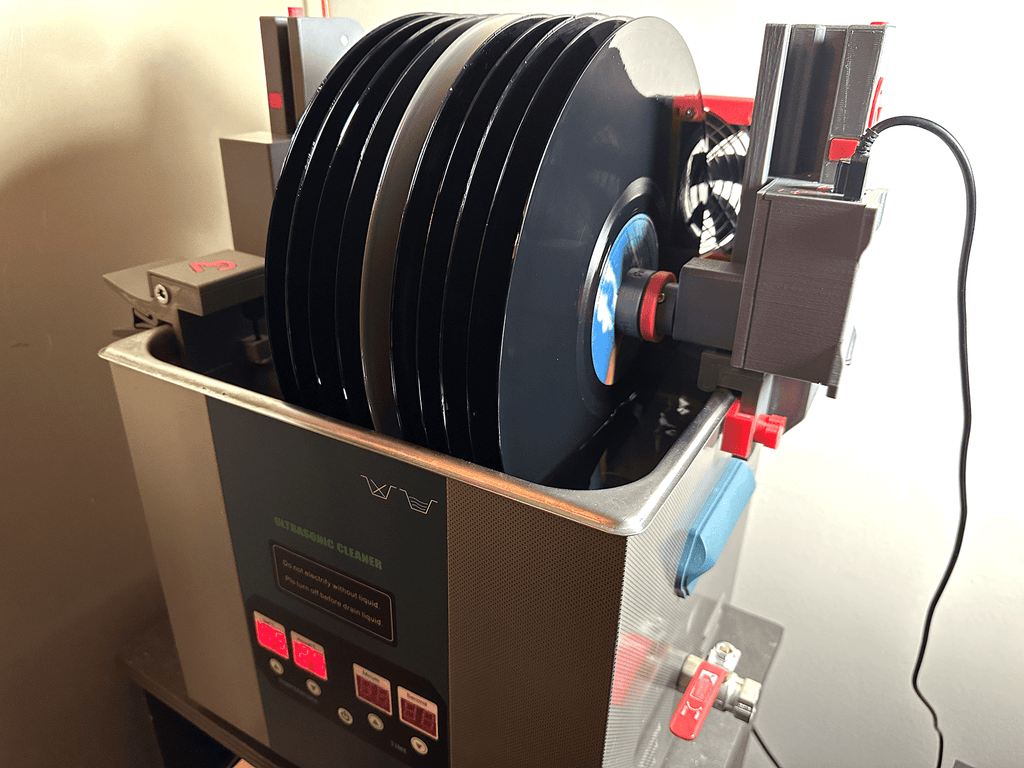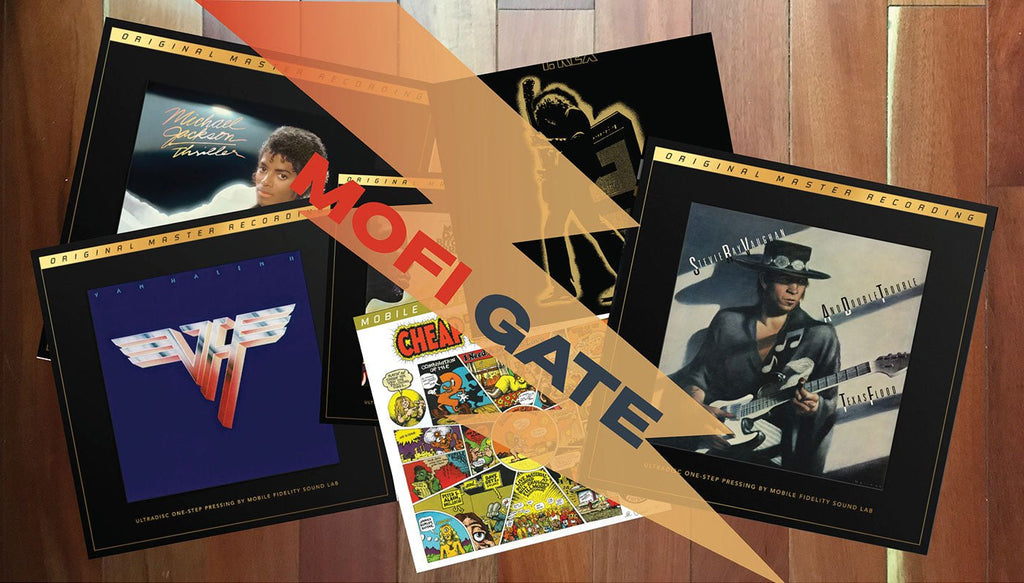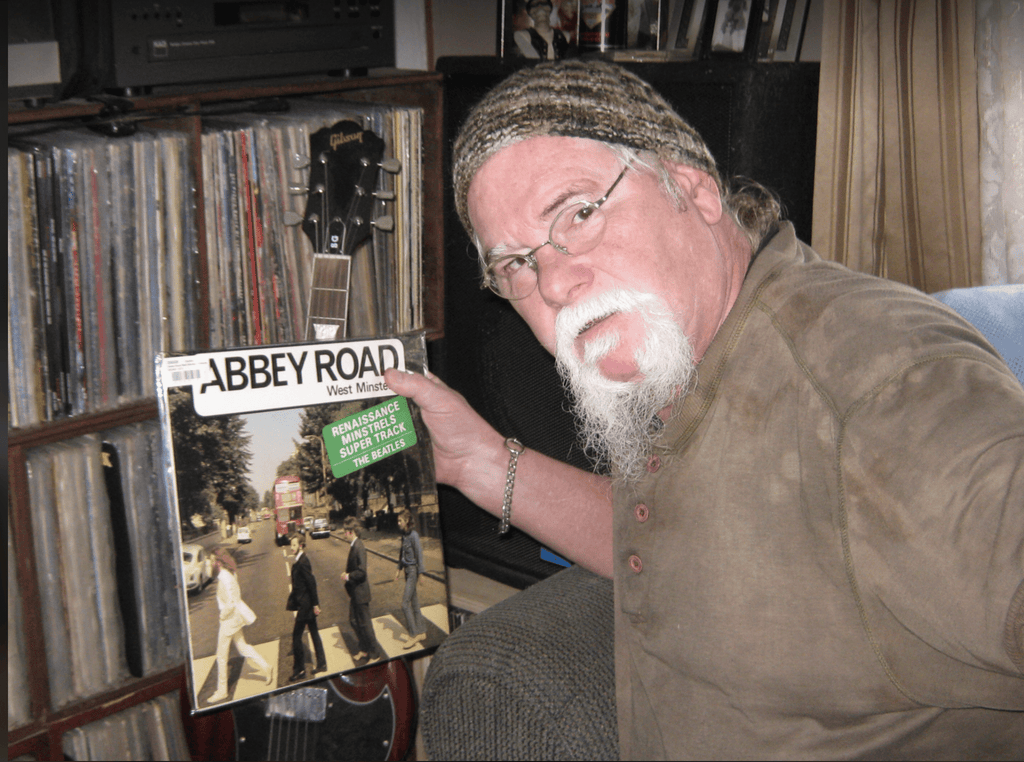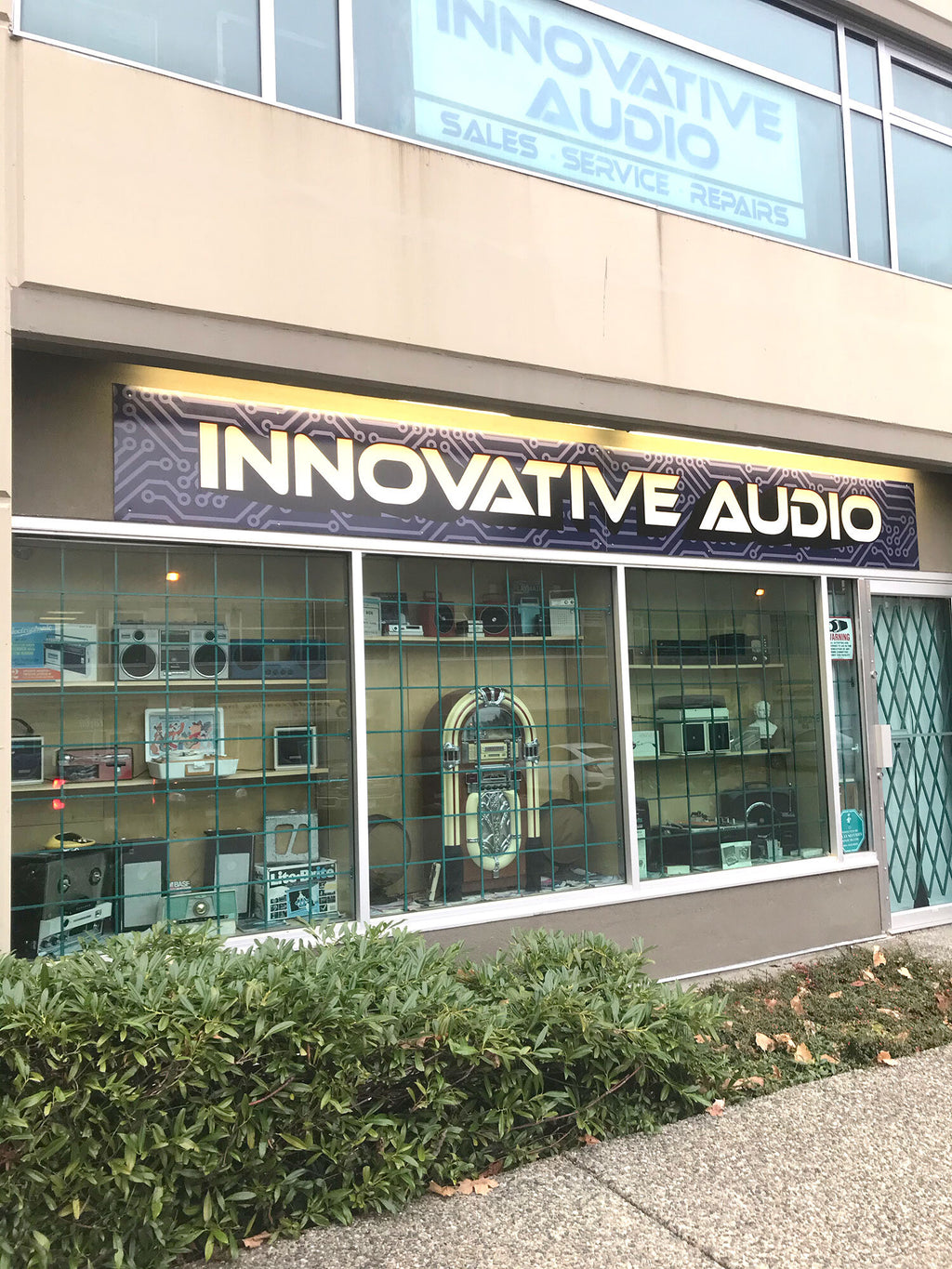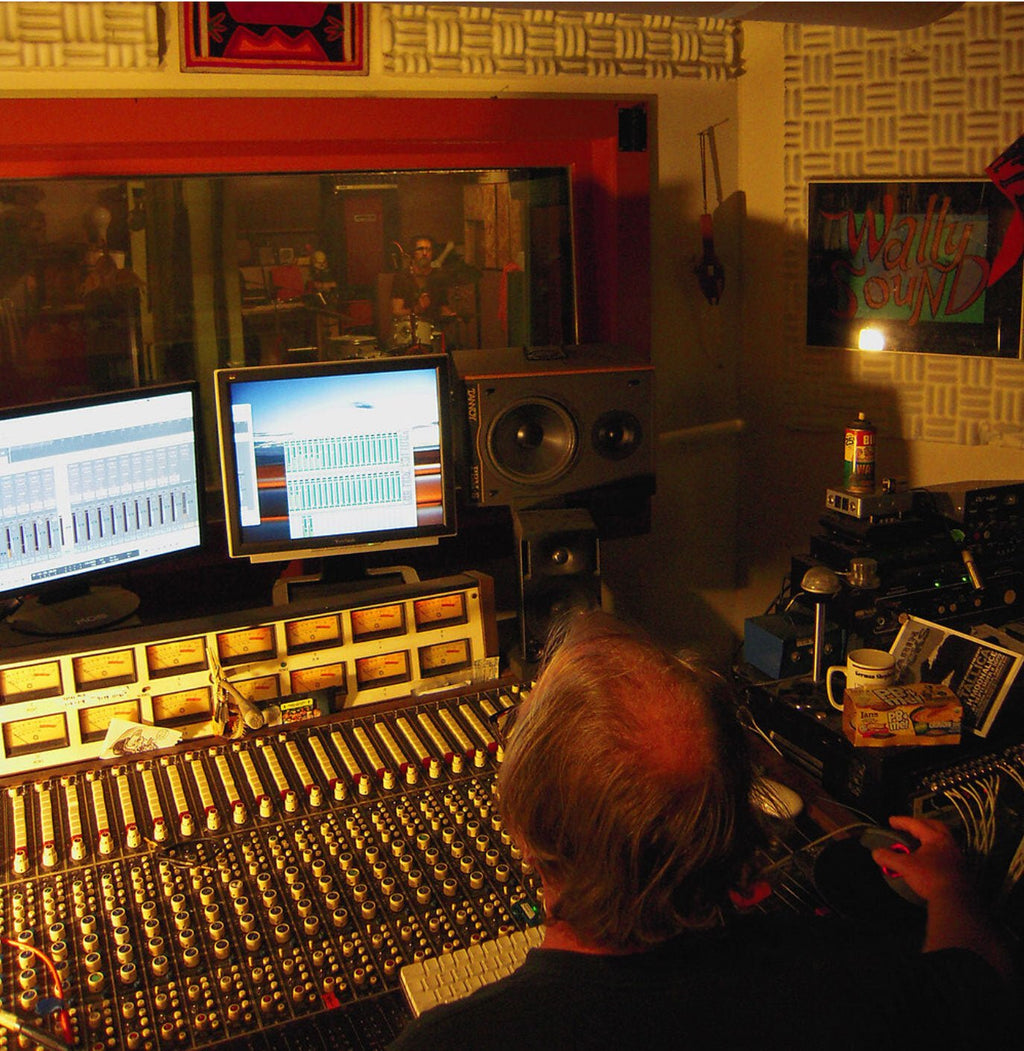
How to Improve Your Vinyl Experience
Tips to Improve Your Sound
This article is about appreciating what you’ve got. You’ll find endless articles that speak of amazing, crazy expensive stereo gear, i.e. audio porn. Sure, you can buy incredible systems….Audio of the rich and famous, the stuff the nearly rich neighbours wish they had. A $40k turntable? $100k speakers? I’ve witnessed both. But what about creating thrills with the equipment you have and the space you live in, today? In this article, we talk about maximizing your space, your sound by doing small, practical adjustments that can make all the difference. In this article, we’re going to talk about how to adjust what you have to make your system sing.
So, most of us live with at least a few limitations when it comes to audio equipment and extracting the best sound and experience possible. For those of us that hear the call of the stereo, we are driven by the pursuit of perfect sound, or at least as perfect as our budget allows. Here are some of the challenges we typically wrestle with:
-
Equipment (General lack of awesome)
-
Space (Not enough, wrong surfaces, etc)
-
Neighbours (Family members, roommates. You know what I mean)
-
Money (Never enough)
-
Time (Also, never enough)

Major Considerations
Now, let’s talk about the most important aspects of your audio experience…While it all matters, these are the primary elements that can make or break your vinyl enjoyment:
Audio Equipment: What’s your gear like? Speakers blown? Does your amp still deliver (equally on both channels)? Often, the components of a stereo can break down slowly, leaving you with a series of subtle, diminishing returns. The quality of gear you have and the compatibility between components and proper settings can help make your system sing. If you’re cranking the bass to max to find joy, there may be other issues afoot. The additional of an equalizer can both boost volume and performance and for those on a tight budget, it’s possible to find a good vintage version online starting at $200 or so.
Stylus: I only recently came to understand the importance of this and the huge difference it makes. Depending on your system, its smart to get a consult from a knowledgeable stereo shop. Kane at HiFi Attic suggested I move to a Nagoka 110 cartridge for $215 for my back-up table and it made a massive difference. The money spent was well worth it. And, the hidden beauty in a service like this is that they will mount and balance your new stylus for no additional charge. What a bargain!

Clean Connections: We might assume that this goes without saying, but, making sure your system is set up properly with speakers in phase - left speaker to left channel and right speaker to right channel) is essential. (Remember, red is always right.) The quality of the wires and connectors themselves can also be a factor to consider and they are charged with the rather important task of moving the sound from component to component and finally, to your speakers.
Optimal Volume: Most stereos have a sweet spot, a performance range where they sound their best. If the volume is too low, the system can’t “breathe,” if the volume it to high and the system is not equipped to deal with the power, well, things can sound poorly and quickly go sideways from there.
Acoustics: Volumes (pun intended) have been written on this, but basically, the physical shape of the room where your stereo lives, the materials your room is made of, and the positioning of your speakers within the room properly, can help dramatically improve your sound.
Sometimes it’s the little things. Placing pads under your speakers (if they’re a floor model) lifting your speakers using stands or even tilting them a few degrees upward with a rolled up towel can amaze with literally no additional investment required. If your room need softness, it’s possible to make DYI baffles using old blankets.

Keep your turntable on a solid surface to reduce noise. This table features iron legs!
Ask a Professional
Luckily, we have local consultants that can come to your home to examine your space and your stack for a reasonable cost. They’ll make recommendations to help you get the most from what you have and guide you to make wise purchases if it’s time for a bit of an investment.
There are audio consultants that you can hire for a reasonable cost to come to examine your space and your stack. They’ll make recommendations to help you get the most from what you have.

Using a weight to improve the contact between the vinyl and the platter is an easy way to reduce noise.
What About the Vinyl?
Much can be said about the condition of the records you play. Even the specific version of an album can make a difference. While audiophiles have their favourite pressing plants, country of issue and specific releases, it’s helpful for the rest of us to be aware of at least the different types of vinyl, how they’re produced and the difference in sound quality. Early presses vs represses vs remasters, or mono vs stereo create boisterous debate and lengthy articles can be found with opinions on nearly album produced.
Cleanliness: The grooves of a record often collect gunk that can harden and build over the years and this certainly diminishes the record’s performance over might be getting in the way. There’s clean and then there’s CLEAN.
In fact, “clean” is a relative term. I used to think that when a new record comes out of it’s sleeve for the first time, that it was a clean as it was ever going to get…Au contraire! In fact, during the end of the manufacturing process records are rinsed with a finishing agent (kind of like a paste). Now while the press will attempt to rinse it off, a certain amount invariably gets left behind. This means that when you put that fresh vinyl on your platter, well, it’s not really fresh at all. The pros recommend that all new vinyl be cleaned before the first play lest gunk from the manufacturing process clog your stylus and deaden the sound. If you know, now you know.
Of course, cleaning vinyl is itself, a huge subject with nearly endless options and opinions (even for the pros). Blogs and forums abound on the subject.
For the records that really count, I had been dedicated to having them not only cleaned, but restored by sending them to a professional using the Audio Desk Systemé AND then placing them in a fresh sleeve afterward. In fact, I recently purchased this system after trying others and haven’t looked back since.

Record Maintenance: Regular maintenance of that vinyl matters too. Whether you run a Spin-Clean, have a consumer-grade ultrasonic system like a Kirmuss, or have developed your own unique approach, it’s helpful to clean records regularly depending on your environment such as dust, fingerprints, pets, smoke, parties, and the amount you play that particular record are all factors when assessing how often your record might need a touch-up.

A turntable platter mat like this one can protect the record's surface and can avoid any unwanted damage. In its simplest technical terms a platter mat is used to dampen resonances and minimize other vibrations caused between the turntable's platter surface and other parts of the turntable.
In Conclusion
While creating the sounds that tickle your ear drums may not the simplest thing in the world, we may all be able to agree that it’s worth. Refining your sound, regardless of what system you have or where you live is at the very core of…that’s right… Vinyl Pursuit.
Got something to say?
Please do! Comments are most welcome.
Cheers Up and Needles Down!


 CAD
CAD USD
USD
 GBP
GBP
 EUR
EUR
 AUD
AUD

